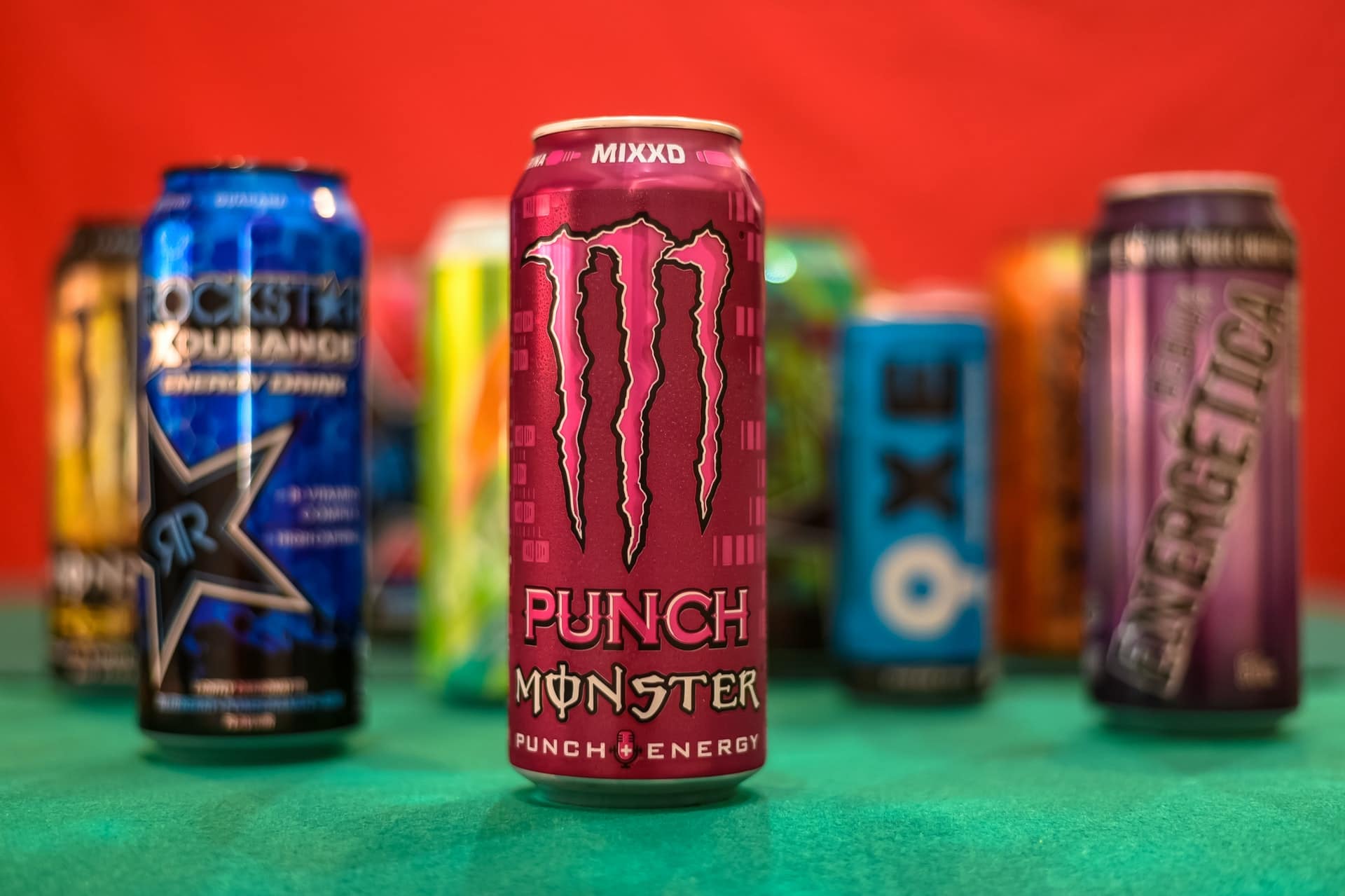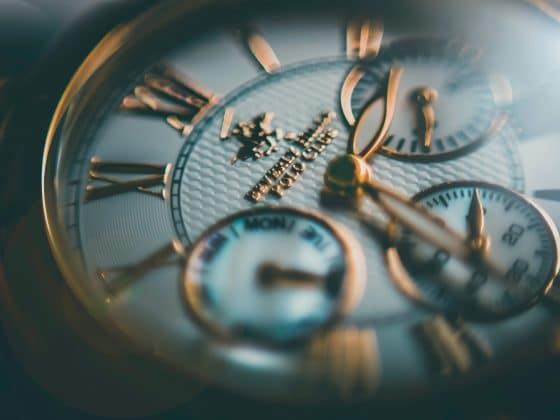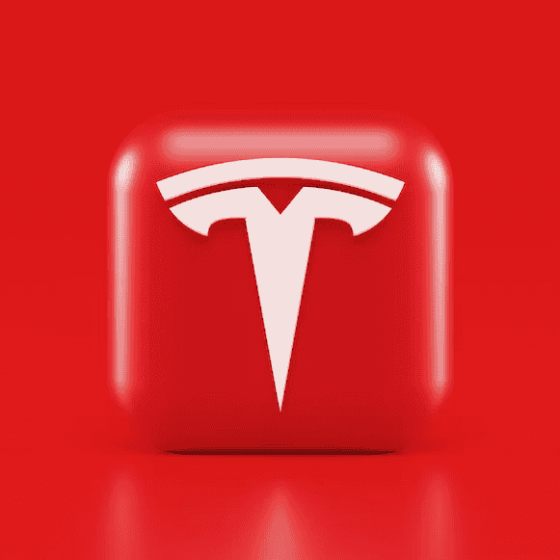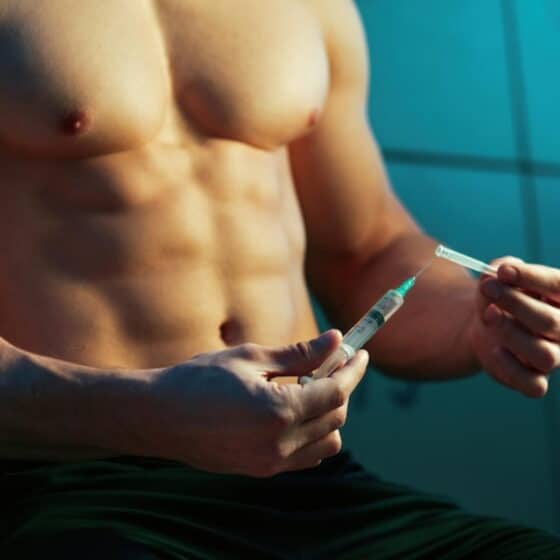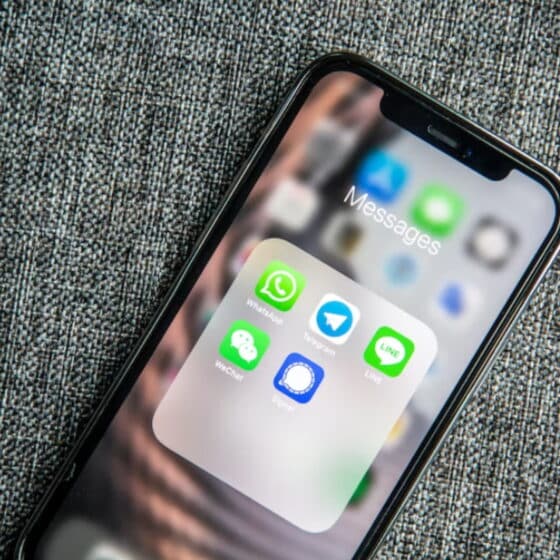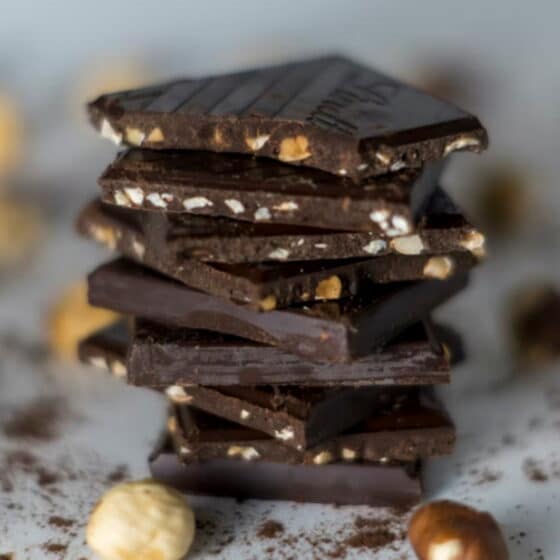Promising to deliver a physical and mental edge, energy drinks are a popular beverage among those looking for a quick boost. The latest energy drink statistics show that the popularity of these beverages hasn’t been undermined by their reputation for being packed with harmful additives.
So, is it really that unhealthy to grab an energy drink after a long day at work? Are these drinks really laced with such terrible ingredients, and if so, how did energy drinks manage to become one of the fastest-growing sectors of the beverage industry? The following stats and facts will help answer some of these questions.
Top 10 Most Astonishing Energy Drink Statistics
- More than 75% of deployed US military personnel reported consuming energy drinks.
- 42.35% of Americans aged between 30 and 49 consume energy drinks on a regular basis.
- Hungarians drank 13.2 million gallons of energy drinks in less than a year.
- US energy drink sales shot up to $3.7 billion in 2020.
- Energy drink facts reveal that the global market was valued at $63 billion in 2020.
- In 2020 alone, Red Bull sold 7.9 billion cans.
- Red Bull is the undisputed king of the industry with a 43% market share.
- An average energy drink contains around 41 g of sugar and around 200 mg of caffeine, according to energy drink facts.
- The FDA recommends that healthy adults don’t consume more than 400 mg of caffeine per day.
- Monster Energy used to be labeled as a “dietary supplement”.
Energy Drink Consumption Statistics
The following section consists of stats that offer a comprehensive overview of energy drink consumption patterns in different corners of the globe. It also tells us that some age groups consume more energy drinks than others and pulls the curtain back on countries where consumption is especially prevalent.
1. Around 75.7% of deployed US military personnel reported consuming energy drinks.
(AMSUS)
Most of the 627 male infantry soldiers who were surveyed seven months into their combat deployment said they consumed energy drinks. These energy drink trends are more alarming when we consider the fact that 29.2% of respondents reported at least daily use, and 16.1% drank more than two energy drinks per day. Of those surveyed, 58.7% said they prefer a 16 oz can size.
2. 42.35% of Americans aged between 30 and 49 consume energy drinks on a regular basis.
(Statista)
Energy drinks in America are among the most popular non-alcoholic beverages, and recent data points to extensive consumption. 33.85% of young adults aged 18 to 29 drink these products regularly, while 10.48% of those aged 50 to 64 have reported being regular consumers.
3. Brits drank more than 220 million gallons of energy and sports drinks in 2020.
(Statista)
The combined level of energy and sports drinks consumption in the UK has been steadily increasing since 2013. In 2017, just under 180 million gallons of energy drinks were consumed throughout the country. Still, a lot of those consuming energy drinks in the UK appear to be doing so responsibly, with 4.3 million consumers saying they drink these beverages less than once a month.
4. Energy drink facts about France reveal that 206,000 people consume these beverages more than once a day.
(Statista)
Up until 2008, the French government had a ban in place on the world’s best-selling energy drink, Red Bull. The ban was lifted in the absence of tangible links between Red Bull and health complications. In more recent years, an estimated 308,000 people in France started consuming energy drinks once per day.
5. Hungarians drank 13.2 million gallons of energy drinks in less than a year.
(Budapest Business Journal)
From June 2018 to May 2019, people in the country spent a total of $108,3 million on energy drinks. On a year-to-year basis, these figures translate into an 8% growth in volume and a 15% increase in value.
Energy Drink Sales Statistics
The next section puts some of these numbers into perspective. Let’s see how demand is driving sales in both the US and other parts of the globe.
6. US energy drink sales shot up to $3.7 billion in 2020.
(Statista)
The sales figures only serve to confirm that energy drink consumption was on an upward trajectory between 2015 and 2020. In 2015, sales generated a total of $2.8 billion. Meanwhile, the largest leaps in sales were recorded in 2018 and 2019.
0,7. The global energy drinks market was valued at $63 billion in 2020.
(IMARC)
Despite the economic downturn brought on by the COVID-19 pandemic, the global energy drinks market is expected to grow at a CAGR of 7.3% between 2021 and 2026. Some market researchers attribute these impressive stats on energy drinks to the increasing number of individuals adopting fitness activities.
8. In 2020 alone, Red Bull sold 7.9 billion cans.
(Red Bull)
According to figures from Red Bull, this is a 5.2% increase from 2019, with group sales also increasing by 4% to $7.22 billion.
(T4)
Energy drink statistics from 2020 also show that Monster was the second-largest player with 39% of the market share. Rockstar held 10% of the market, while Amp and NOS had 3% each. Further down the chart, Full Throttle and Xyience Xenergy both had a 1% market share.
10. Monster Energy drinks come in over 34 different flavors.
(Delishably)
The company also offers zero-calorie versions and even a product line with added proteins for an even more focused home workout.
Energy Drink Facts and Statistics on Health
Energy drinks have become a beverage of choice for many people looking for an alternative to coffee. But some of the ingredients and data about excessive consumption have raised red flags when it comes to consumer health.
11. An average energy drink contains around 41 g of sugar and around 200 mg of caffeine.
(Harvard T.H. Chan)
These energy drink nutrition facts are especially alarming when we consider the fact that there are no actual regulations concerning the safety of the beverages. According to medical experts, sugary drinks may lead to several health complications, such as increased body weight, cardiovascular problems, type 2 diabetes, and gout.
12. More than 31% of young adults between the ages of 19 and 28 reported consuming energy drinks and alcohol together.
(CDC)
The effects of energy drinks on the body when these beverages are consumed together with alcohol mask the signs of impairment. In other words, caffeine suppresses the depressant effects of alcohol, making people feel more alert and prone to drinking more alcohol. This increases the likelihood of alcohol-attributable harm.
13. The FDA recommends that healthy adults don’t consume more than 400 mg of caffeine per day.
(US Food and Drug Administration)
Caffeine consumption statistics show that this particular compound can be part of a healthy diet as long as it isn’t consumed in large amounts. A lot of energy drinks contain 400 mg of caffeine in a single can. Meanwhile, some brands beef up the amount of caffeine with plants used as flavorings, such as guarana.
14. Too much caffeine consumption may lead to anxiety, addiction, digestive issues, and other health problems.
(Healthline)
Most of the negative effects of energy drinks are attributed to the high caffeine content. Experts agree that consuming more than 1,000 mg of the compound a day may lead to jitteriness, high blood pressure, rapid heart rate, and insomnia that could result in long-term poor sleeping habits. In some cases, it may even lead to muscle breakdown, fatigue, and increased urination.
15. The dangers of energy drinks also include headaches, migraines, and even cardiac arrest.
(Caffeine Informer)
A 2019 study published in the American Journal of Cardiology found that consuming a mere 330 ml of Red Bull may significantly increase atrial electromechanical conduction times. A separate piece of research from 2021 concluded that energy drink ingredients have adverse effects on the heart with the most common being an increase in the beat rate.
Eyebrow-Raising Energy Drink Industry Statistics
Despite the potentially harmful effects of energy drinks, consumers appear to be willing to accept the taste of risk for a dose of vitality. Sometimes that logic can have tragic consequences.
16. Redline Xtreme is possibly the strongest energy drink on the market.
(Caffeine Informer)
Selected from a database of over 1000 caffeinated drinks, this beverage made it to the top of the list for caffeine aficionados on the internet. When it comes to the most caffeinated energy drinks, Redline Xtreme packs quite the punch with 316 mg of caffeine in just a tiny 8fl oz can. Hyde Xtreme is another honorable mention packing a whopping 400 mg of caffeine in a 12fl oz can.
17. In December 2011, a 14-year-old died after consuming two 710 ml cans of Monster Energy.
(Goody Feed)
Energy drink death statistics aren’t exactly extensive, but there have been instances when the consumption of these substances had fatal consequences. The 14-year-old who consumed 475 mg of caffeine and subsequently died of “cardiac arrhythmia due to caffeine toxicity” had a pre-existing heart condition as well as Ehlers–Danlos syndrome. His parents sued Monster Energy, but the company argued that the drink did not cause the child’s death.
18. On November 17, 2020, a small crowd gathered for a vigil in New York to mark 10 years since the removal of Four Loko’s legendary formula.
(Esquire)
Serving as the crown jewel for the argument that energy drinks are unhealthy, Four Loko had the alcohol concentration of four beers and the caffeine content of 1.5 cups of coffee. After several hospitalizations, alleged deaths, and lawsuits, the brand removed the caffeine and similar stimulants from its recipe. But a decade later, some are still mourning Four Loko’s legendary formula, often referred to as “blackout in a can”.
19. Monster Energy used to be labeled as a “dietary supplement”.
(Delishably)
Thanks to legal and FDA definition loopholes, Monster managed to exaggerate the health benefits of energy drinks by selling their products as dietary supplements. Of course, there is no evidence to suggest that these products are the best fat burners on the market. The company changed the classification to “energy drinks” in 2014 following a spate of deaths due to caffeine-related issues.
20. Sweden is the most caffeine-addicted country.
(Caffeine Informer)
With an average of 388mg/day, Sweden leads the world in caffeine consumption. Second place goes to Norway with 379mg/day, while the Netherlands isn’t far behind with 369mg/day. Even though this data doesn’t focus solely on energy drink consumption by country, it still offers valuable data for this particular field as well.
FAQs
How many deaths are related to energy drinks?
Identifying the exact number of energy drink-related deaths is nearly impossible. Generally, deaths related to caffeine overdoses are quite rare. However, these aren’t unheard of, with a handful of cases recorded every now and then. According to the latest data from the FDA, there have been 34 documented cases of energy drink-related deaths. Moreover, there is extensive data linking the consumption of these beverages with a long list of health issues.
(JAHA, Caffeine Informer, Philly Voice)
What age group consumes the most energy drinks?
The American College of Medical Toxicology found that 31% of those aged 12 to 17 consume energy drinks on a regular basis. The same is true for 34% of people in the 18 to 24 age group. Meanwhile, another source from 2018 states that 42.32% of people aged between 30 and 49 consume these drinks regularly, while that figure stands at 33.85% for those in the 18 to 29 age group.
(NIH, ACMT, Statista)
What is the strongest energy drink in the world?
Before identifying the strongest drink, one has to establish the criteria for conducting the assessment. When looking at caffeine strength, Redline Xtreme is often ranked as the strongest energy drink on the market containing 316 mg of caffeine in a can of just 8fl oz.
(Caffeine Informer)
Why are energy drinks bad for you?
Research shows that the consumption of these beverages can lead to heart problems. According to one particular study, around 20,000 emergency department visits annually can be linked to energy drink consumption in America alone. Other studies also link energy drinks to blood pressure problems and even type 2 diabetes. Lastly, mixing them with alcohol may also lead to several adverse effects.
(Healthline)
How many energy drinks are sold per year?
The popularity of these beverages is on the rise. According to data compiled in recent years, sales went up from $2.8 billion in 2015 to $3.7 billion in 2020.
The data also points out that in 2019 alone, energy drinks accounted for 31% of sales of packaged beverages at convenience stores in the US. From 2018 to 2019, the sales volume of these beverages grew by 9%.
(Statista)
What is the average consumption of energy drinks?
The consumption of energy drinks is on the rise with an increase in numbers, especially among young adults. The data from Europe reveals that the average adult consumes around 67.6 oz or two liters of these beverages per month, while in the case of adolescents, the figures are slightly higher (71 oz or 2.1 liters).
(Finnish Food Authority, Reuters)
Are energy drinks safe?
There is evidence to suggest that energy drinks improve brain function and give you an edge for a limited period of time. However, a growing body of scientific data shows that the ingredients in these drinks have several adverse effects on the body. As such, experts advise consumers to try and limit their energy drink intake to 16 ounces per day.
(Healthline)
Conclusion
These energy drink statistics unveil a flourishing market where growing sales are being fueled by higher demand. Additionally, forecasts suggest that the world’s economic troubles won’t get in the way of market expansion in the coming five years.
Energy drink companies are now global brands that sponsor everything from motorsport to lucrative video game tournaments. And despite the growing body of evidence linking energy drinks with health issues and even deaths, the beverages are popular among both younger and older consumers.
Sources:
- ACMT
- AMSUS
- Budapest Business Journal
- Caffeine Informer
- Caffeine Informer
- Caffeine Informer
- Caffeine Informer
- Caffeine Informer
- CDC
- Delishably
- Delishably
- Esquire
- Finnish Food Authority
- GoodyFeed
- Harvard T.H. Chan
- Healthline
- Healthline
- Healthline
- IMARC
- JAHA
- NIH
- Philly Voice
- Red Bull
- Reuters
- Statista
- Statista
- Statista
- Statista
- Statista
- Statista
- T4
- US Food and Drug Administration
